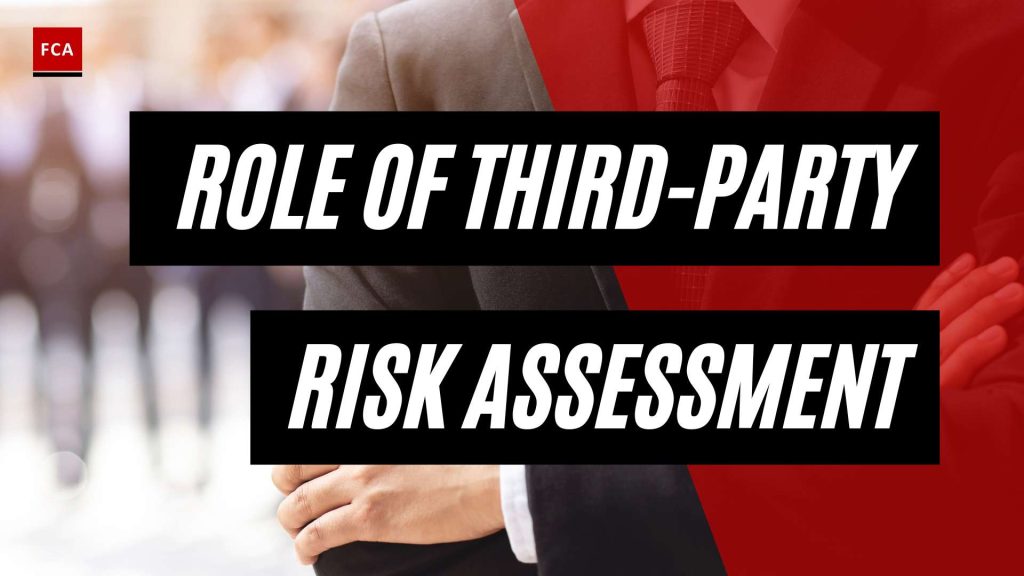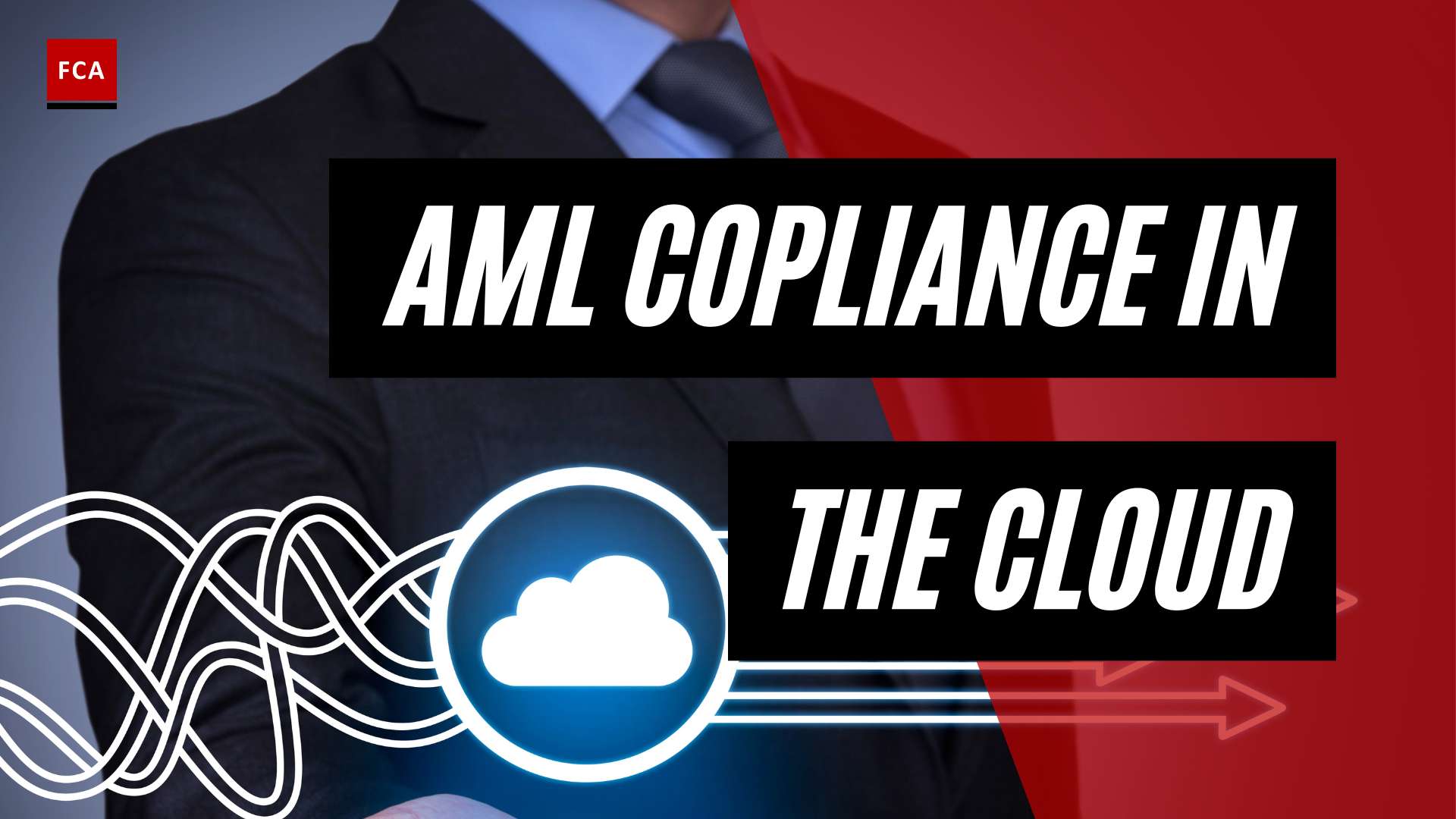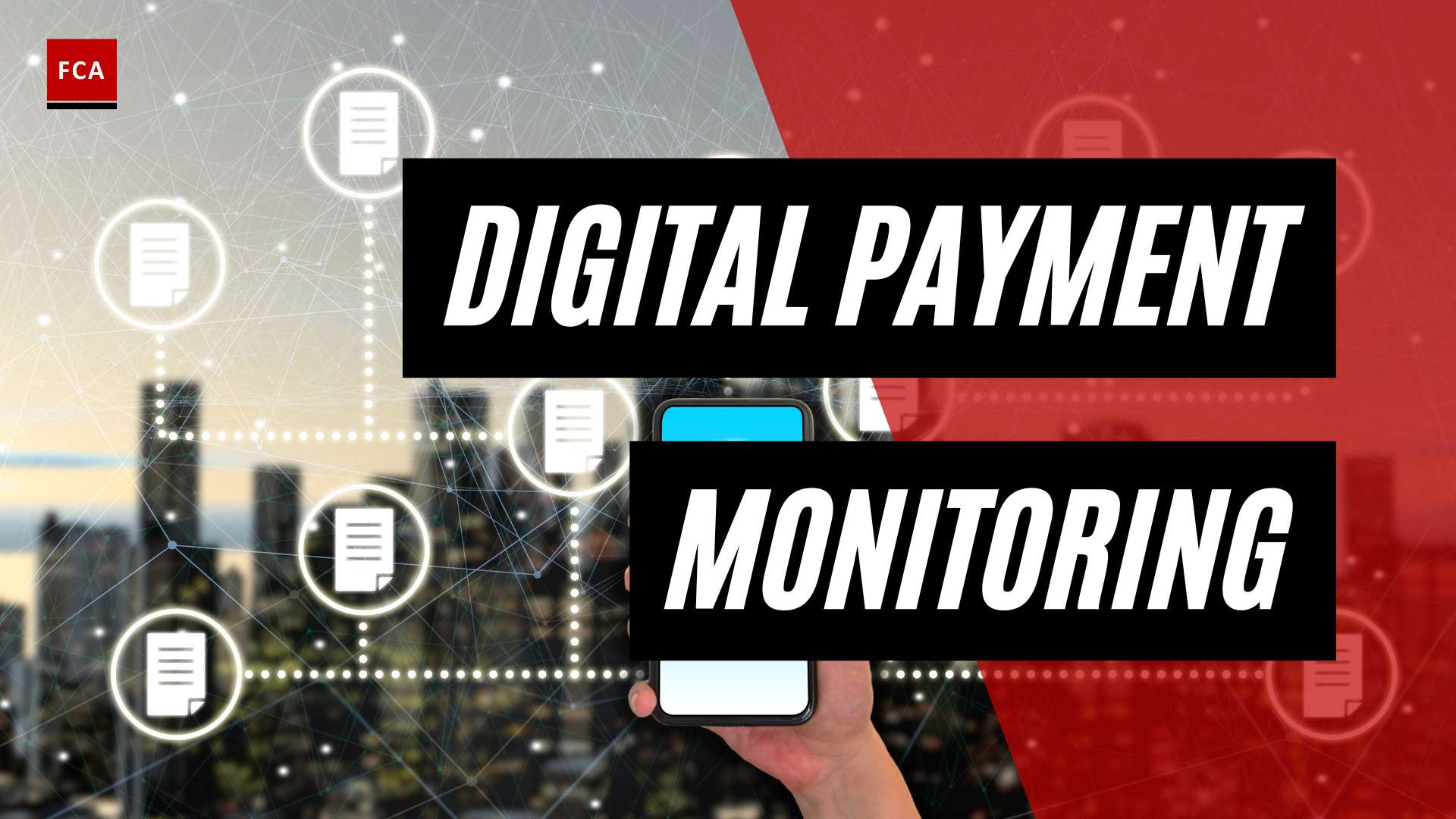Understanding Third-Party Risk Assessment
Third-party risk assessment is a fundamental component of any AML compliance program. It plays a pivotal role in preventing financial crimes and safeguarding an organization’s reputation.
Definition and Importance
Third-party risk management involves assessing and mitigating potential risks posed by third-party relationships, encompassing security, privacy, business continuity, and reputational risks, across the entire supply chain, including suppliers, vendors, and service providers (ISE). The process includes conducting comprehensive audits on the processes, policies, and financial health of vendors, forming an integral part of AML due diligence procedures. The goal is to understand the level of risk an organization assumes when engaging with a particular vendor (ISE).
Importantly, third-party risk management is not a one-time process. The assessment should be continuous, reflecting the dynamic nature of business relationships and the evolving threat landscape. As such, implementing a robust third-party risk management framework demands defining clear criteria for evaluating vendors, performing thorough due diligence before onboarding new partners, and setting up continuous monitoring mechanisms to track and address any changes in third-party risk profiles (Datagrail).
The significance of third-party risk assessment cannot be overstated. It is essential for averting supply chain attacks, data breaches, and reputational damage. With the rise in cyberattacks targeting supply chains and vendor relationships, third-party risk management has become a critical component of cybersecurity strategies for businesses (UpGuard, Threat Intelligence). Moreover, strengthening third-party risk management is directly linked to increased value and resilience for organizations, enhancing trust among stakeholders and leading to improved business performance.
Key Statistics on Third-Party Risks
Data underscores the urgency of effective third-party risk management. A survey conducted by Deloitte in 2021 found that 86% of respondents had experienced a third-party incident in the past three years, with the average financial impact of these incidents being $5.2 million (Threat Intelligence). Furthermore, a 2022 study by the Ponemon Institute revealed that data breaches caused by third parties took companies an average of 156 days to identify and 87 days to contain.
These statistics highlight the significant financial and operational challenges posed by third-party risks, underscoring the importance of comprehensive AML risk management and the need for effective AML compliance solutions.
| Fact | Source |
|---|---|
| 86% of respondents experienced a third-party incident in the past three years | Deloitte |
| Average financial impact of a third-party incident: $5.2 million | Deloitte |
| Average time to identify a third-party data breach: 156 days | Ponemon Institute |
| Average time to contain a third-party data breach: 87 days | Ponemon Institute |
These facts underscore the critical need for businesses to invest in comprehensive third-party risk assessments as part of their AML audit practices, AML compliance training, and AML compliance certification efforts.
Steps in Conducting Third-Party Risk Assessment
Third-party risk assessments are crucial for organizations to ensure their external partnerships align with regulations, standards, and best practices. The process involves a thorough analysis of vulnerabilities, threats, and potential risks that may arise from an organization’s relationships with vendors, suppliers, or service providers. A robust third-party risk assessment program can help organizations identify, prioritize, and mitigate potential risks, thereby enhancing their overall cybersecurity posture and resilience (Reciprocity).
Initial Due Diligence
The initial due diligence phase is a critical step in the third-party risk assessment process. It involves assessing the suitability of third-parties for their roles, particularly those handling sensitive data or intellectual property. During this stage, organizations need to conduct a comprehensive evaluation of potential vendors before deciding to form a partnership.
In addition to risk evaluation, due diligence also involves establishing clear expectations and rules for vendors. It is essential for companies to communicate their AML regulatory requirements and standards to vendors, ensuring transparency and understanding from the get-go. For more information on conducting effective AML due diligence, refer to our guide on AML due diligence.
Risk Tiering and Categorization
The next step in the third-party risk assessment process is risk tiering and categorization. Here, organizations assign vendors to separate risk tiers based on factors such as proximity to sensitive data and operational importance. This process allows organizations to efficiently manage and assess the level of risk each vendor presents.
Risk tiering and categorization is an important aspect of an AML risk management program. By understanding the risks associated with each vendor, organizations can effectively prioritize their risk remediation efforts. For more insights on how to categorize risks, refer to our AML compliance program guide.
Continuous Monitoring and Auditing
The final step in conducting a third-party risk assessment is continuous monitoring and auditing. This involves regularly tracking common or critical risk factors throughout the lifecycle of a third-party relationship. Continuous monitoring provides real-time insights into evolving security postures, enabling organizations to mitigate hidden security risks and ensure ongoing compliance with industry standards.
In addition to monitoring, organizations need to conduct periodic reviews and audits of their third-party vendors to ensure they adhere to data privacy regulations and security standards. Regular assessments help identify any new risks that may arise over time and enable timely mitigation actions. For more information on conducting effective audits, refer to our AML audit guide.
By implementing these steps, organizations can create a robust third-party risk assessment framework. This framework will help identify, manage, and mitigate potential risks, enhancing the organization’s overall security posture and resilience. For further information on third-party risk assessment, consider our AML compliance solutions and AML compliance training.
Challenges in Third-Party Risk Assessment
Executing an efficient and effective third-party risk assessment involves overcoming several challenges. These challenges often revolve around ecosystem mapping, determining risk remediation priorities, and utilizing vendor security questionnaires.
Ecosystem Mapping
Effective ecosystem mapping is a key challenge in implementing a Third-Party Risk Management (TPRM) program. This process involves creating a comprehensive map of all third-party vendors and sharing vendor information across internal departments. By doing so, organizations can identify potential risks and vulnerabilities in the ecosystem, leading to better risk visibility and management. Without a comprehensive ecosystem map, organizations may overlook crucial areas of risk exposure in their AML compliance program.
Determining Risk Remediation Priorities
Once due diligence and risk tiering are completed, organizations face the challenge of determining which vendors require immediate risk mitigation efforts. High-risk vendors may necessitate intensive risk management strategies like remote or onsite audits for information security assurance. On the other hand, low-risk vendors might only need regulatory compliance checks to confirm low operational risk. Prioritizing risk remediation efforts efficiently is a crucial aspect of AML risk management and can be facilitated by a vendor-risk management software.
Utilizing Vendor Security Questionnaires
Vendor security questionnaires are a common tool in third-party risk assessments. However, their use poses a significant challenge due to complexities in distributing, collecting, and validating responses. Organizations often rely on self-reported questionnaires, which are susceptible to bias. To address this, organizations can outsource questionnaire assessments to independent third parties or leverage automated questionnaire tools to streamline communications and enhance the TPRM process efficiently. This approach can help to ensure a more robust and reliable AML audit.
It’s important to note that the challenges involved in third-party risk assessment are not insurmountable. With the right processes, tools, and AML compliance solutions, organizations can effectively manage third-party risks and safeguard their reputation. Continual education through AML compliance training and staying updated with AML compliance certification can also be beneficial in addressing these challenges.
Impact of Regulations on Third-Party Risk Assessment
Regulations play a significant role in shaping the approach and execution of third-party risk assessments. These rules often dictate the minimum standards for data protection and customer privacy, directly impacting how businesses vet and work with third parties.
GDPR and CCPA Compliance
Regulations such as the General Data Protection Regulation (GDPR) and the California Consumer Privacy Act (CCPA) have stringent requirements for data privacy and protection. These laws mandate that businesses take proper measures to ensure that third parties handling their data also adhere to these standards.
This highlights the need for thorough third-party risk assessments as part of an overall AML compliance program. These assessments help identify potential risks related to GDPR and CCPA compliance and take steps to mitigate these risks. This might include performing AML due diligence on potential third parties before entering any agreements or conducting regular AML audits to ensure ongoing compliance.
Evolving Regulatory Landscape
The regulatory landscape is continuously evolving, with new laws and guidelines regularly introduced in response to emerging risks and technological advancements. This dynamic environment makes third-party risk assessment an ongoing process, requiring businesses to stay updated with the latest AML regulatory requirements and adapt their risk assessment strategies accordingly.
For businesses, this might mean investing in AML compliance solutions or AML compliance software that can help streamline the risk assessment process and ensure regulatory compliance. These tools can automate many of the tasks involved in a risk assessment, such as data collection and analysis, helping to save time and resources.
In addition, businesses may also consider investing in AML compliance training or obtaining an AML compliance certification to equip their teams with the necessary skills and knowledge to effectively manage third-party risks.
In an ever-changing regulatory landscape, staying ahead of the curve is essential for effective third-party risk management. By understanding and adhering to the regulatory requirements, businesses can protect themselves from potential risks and maintain their reputation in the market.
Role of Technology in Third-Party Risk Assessment
Technology plays an increasingly important role in enhancing and streamlining third-party risk assessment processes. From artificial intelligence to security ratings, technology solutions are being leveraged to deliver fast, accurate, and scalable risk assessments.
AI and Third-Party Risk Assessment
Artificial Intelligence (AI) technology holds immense potential for businesses, particularly in the realm of third-party risk assessment. AI can significantly speed up the third-party risk evaluation process, automate time-consuming tasks, and deliver more accurate results by analyzing large volumes of data. However, the use of AI also comes with its own set of risks that require governance.
The use of AI in third-party risk assessment can enhance AML compliance programs by allowing for continuous monitoring of vendors, thereby maintaining an updated view of individual vendor risk exposure throughout the lifecycle of a third-party relationship. For more information on the role of AI in AML compliance, consider exploring our AML compliance software.
Security Ratings for Faster Due Diligence
Security ratings or cybersecurity ratings are emerging as a popular technological solution in the realm of third-party risk management. These ratings provide a real-time assessment of a third-party’s security status, enabling faster due diligence processes and fostering informed decision-making (UpGuard).
These ratings can facilitate a more efficient AML due diligence process, enabling organizations to quickly assess the security controls, policies, and compliance status of potential vendors. This allows for a more comprehensive evaluation and helps companies understand the level of risk associated with each vendor, making informed decisions about their partnerships.
The use of technology in third-party risk assessments is becoming an essential component of robust AML risk management strategies. By leveraging AI and security ratings, organizations can enhance their risk assessment processes, ensure ongoing compliance with AML regulatory requirements, and ultimately protect their reputation from potential threats. For further insights into the application of technology in AML compliance, consider our resources on AML compliance solutions.
Case Studies on Third-Party Risk Assessment
Examining case studies can provide valuable insight into the application of third-party risk assessments and highlight the potential consequences of inadequate risk management. This section will explore successful third-party risk management programs and lessons learned from data breaches caused by third parties.
Successful Third-Party Risk Management Programs
Successful third-party risk management programs often share common elements such as efficient and scalable processes, risk mitigation strategies, security ratings, thorough due diligence, and clear communication of expectations to vendors (UpGuard). These programs can offer benefits such as an improved security posture, transparent vendor relationships, and enhanced trust among stakeholders, leading to improved business performance.
According to a Deloitte survey, 94% of organizations are planning to reassess their third-party risk management programs within the next three years, indicating a growing awareness of the importance of these programs. This trend is particularly relevant for professionals working in compliance, risk management, and anti-money laundering, as they play a crucial role in shaping and implementing these programs. For more information on building a robust AML compliance program that includes third-party risk assessment, refer to our AML compliance program guide.
Lessons from Data Breaches Caused by Third Parties
Data breaches caused by third parties serve as stark reminders of the potential consequences of inadequate risk management. A 2021 study revealed that on average, companies assess only 35% of their third parties’ risk profiles, leaving the majority of potential risks unchecked. This oversight can result in supply chain attacks, data breaches, and reputational damage, underscoring the importance of comprehensive third-party risk assessments.
Moreover, effective collaboration and communication between departments, such as procurement, risk management, and compliance, are essential for a comprehensive third-party risk assessment process. Inadequate integration across functions can hinder this process (AuditBoard).
Rapidly evolving regulatory compliance requirements, such as those under the California Consumer Privacy Act (CCPA) and General Data Protection Regulation (GDPR), add complexity to third-party risk assessments. These laws necessitate continual review and adaptation of third-party risk management processes (AuditBoard). For more information on meeting AML regulatory requirements, refer to our guide on AML regulatory requirements.
In conclusion, third-party risk assessments are critical components of comprehensive risk management and AML compliance programs. Both successful implementation and lessons learned from past failures underscore their importance in safeguarding organizations from potential threats and regulatory penalties.








